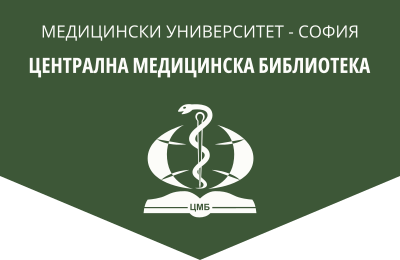The application of 18F-fluorodeoxyglucose PET/CT in pulmonary Langerhans cell histiocytosis
Medical Review (Med. pregled), 2024, 60(2), 47-54.
M. Dyankova1,2, T. Stoeva1,2, Z. Dancheva1,2, S. Chausheva1,2, A. Klisarova1,2
1 Department of Diagnostic Imaging, Interventional Radiology and Radiation Therapy, Medical University „Prof. Dr. Paraskev Stoyanov” – Varna
2 Clinic of Nuclear Medicine and Metabolic Therapy, „Sv. Marina“ University Hospital – Varna
Abstract. Aim: Pulmonary Langerhans cell histiocytosis (PLCH) is a clonal process and may occur as part of multisystem Langerhans cell histiocytosis (LCH) or, more frequently, presenting as single-system PLCH with frequent respiratory symptoms, and uncommon complication as pneumothorax. The aim is to present a rare clinical case of PLCH studied with 18F-fluorodeoxyglucose (FDG) positron emission tomography/computed tomography (PET/CT). Clinical case description: An 18-year-old man with diagnosed left-sided pneumothorax, with subsequent onset of right-sided pneumothorax one month later, was examined. Using conventional imaging studies, diffuse changes, which were subsequently histologically verified as LCH involvement, were detected in both lungs. FDG-PET/CT detected numerous cavitating lesions bilaterally in lung, reticulonodular opacities with increased glucose metabolism with LCH appearance. Pleural involvement from the underlying disease was suspected. A restaging FDG PET/CT scan (with application of SUVmax lung/SUVmax liver index values) that was defined as stable disease (SD) was performed. Conclusion: 18FDG PET/CT seems to be a valuable and promising imaging modality for the staging/ initial evaluation of PLHC, as well as for the restaging/ assessment of therapeutic response. The measurement of SUVmax lung/SUVmax liver index values and its monitoring showed a high potential for application as a simple, non-invasive screening method supporting early diagnosis, evaluation and monitoring of therapeutic response of patients with PLCH.
Key words: 18F-FDG PET/CT, pulmonary Langerhans cell histiocytosis
Address for correspondence: Marina Dyankova, MD, PhD, e-mail: Marina.Dyankova@mu-varna.bg
